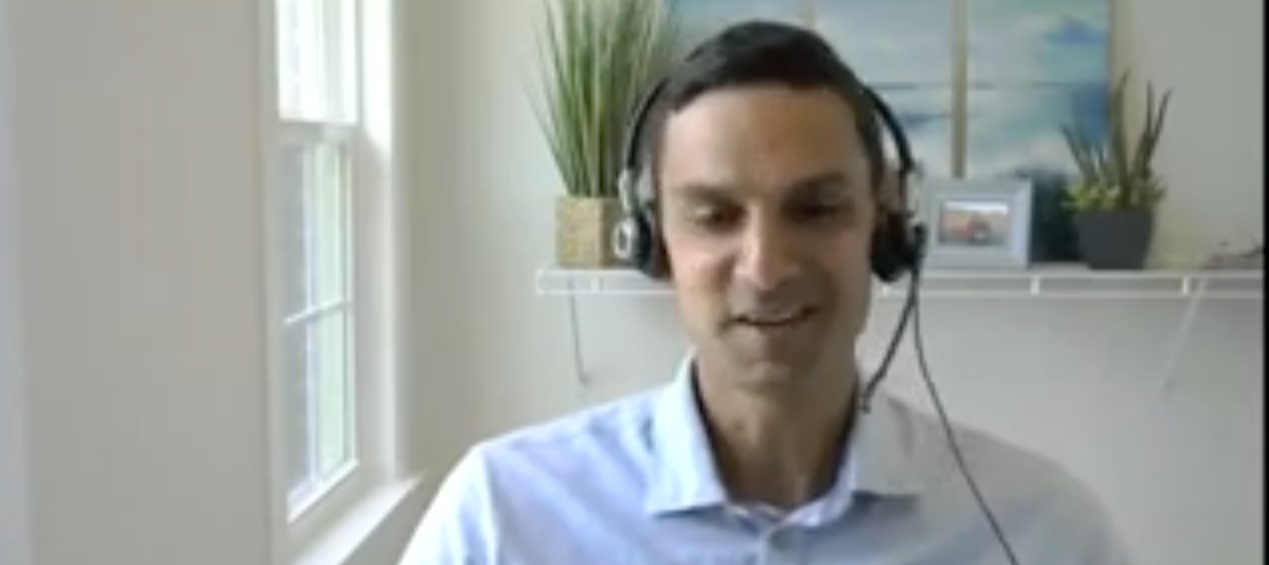Fiix Director of Strategic Alliances, Sandy D'Souza, participated in a discussion with MachineMetrics VP of Marketing, Graham Immerman, and Founder and Head of Client Strategy at Very, Benjamin Wald, about the future of remote work for manufacturing.
In this clip, Graham poses the question, “for some roles, is work from home realistic?” stating that “during times like this” we are forced to determine what jobs that were done manually in the past can be automated, and what tasks that were taken for granted as needed are no longer necessary - what roles should they be looking at and saying, hey, can we maybe take this remote?
Ben challenges us to instead look at this question from a different perspective - what jobs can’t go remote - and we may be surprised by what we find when we let go of our preconceived notions about certain jobs.
Sandy elaborates on this idea by giving an example in a manufacturing environment where even if you can’t make a particular job fully remote, you can move towards more of a remote culture by minimizing the amount of time required on site.
Have you shifted your perspective on the possibilities of remote work culture in manufacturing? Has your team had to adapt in a specific way? Or is this idea completely unrealistic in your opinion?
Video Transcript
Ben: What I would start with, is looking at it from a little bit of the opposite perspective, which is, what roles can’t go remote? I think if you start from that perspective, and you build from that direction, you realize that there are probably a very few roles that require people to be on-site, that require hands on machines, but you could actually move almost everybody into a remote or a work-from-home environment.
Sandy: Many of the clients that we work with, where you’ve got a physical facility, you’re producing physical goods, obviously not every role can go remote. But what’s interesting is, as I mentioned in the preamble, we’ve seen this increasing trend towards adopting technology and integrating technology to allow you to maintain equipment based on actual utilization and based on actual asset health. So as we think about remote, again it’s not going to be binary necessarily, but instead of performing preventative maintenance based on a time-based schedule, what if you could do one fewer monthly PM as an example. Prevent someone from having to go into the office. Prevent someone from having to touch the equipment and potentially increase the risk of safety related issues or breakdowns that occur from that actual PM task itself. I’ll give a shoutout to Terrence O'Hanlon of Reliabilityweb.com, he’s big on - and I’m paraphrasing a little bit - “unnecessary maintenance can cause unnecessary breakdowns”. As we think about layering in data and technology, and we think about the data that MachineMetrics collects, and you think about Fiix being the actionable end point for that data - and our clients are on a continuum along this journey, whether it’s usage-based maintenance or even condition-based maintenance - really the underlying philosophy is, maintain equipment when necessary, not based on a time schedule that in some cases could be arbitrary. And by doing that, you’re really driving that remote culture, in a small way, but it’s an incremental step that really creates significant value. Not only from a standpoint of OEE but certainly from the standpoint of achieving a broader objective of moving towards a more remote culture.







